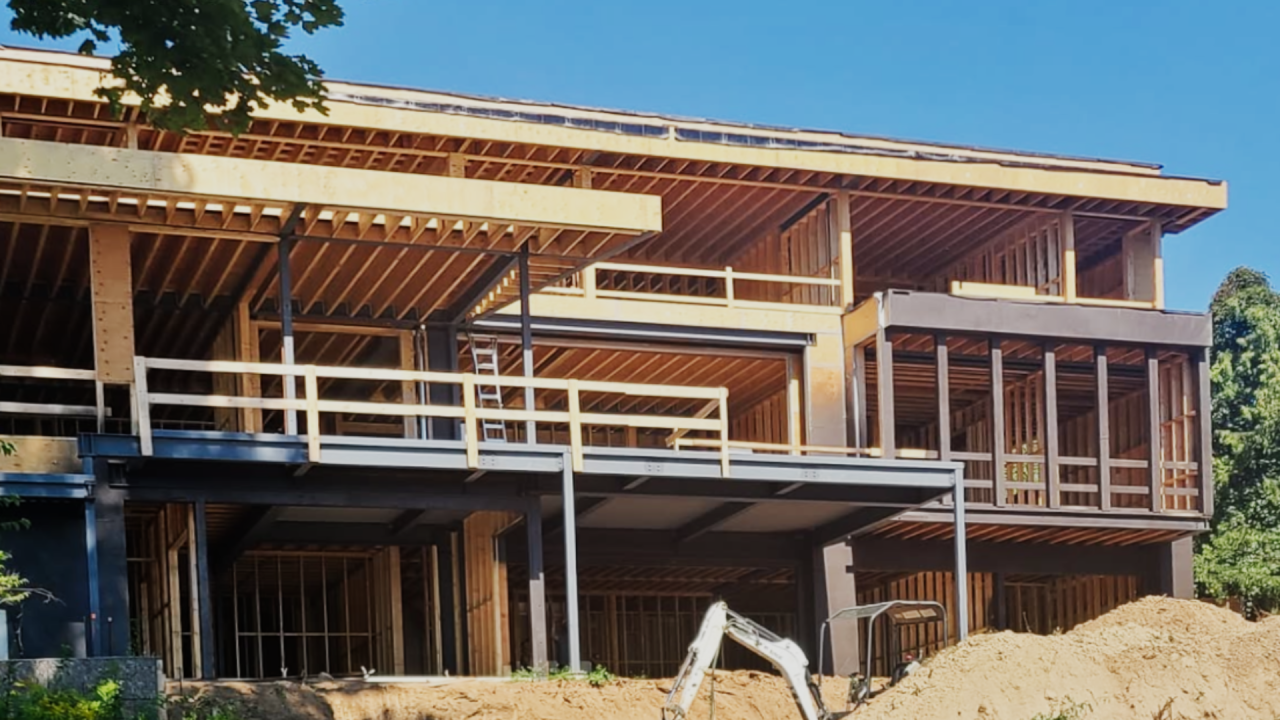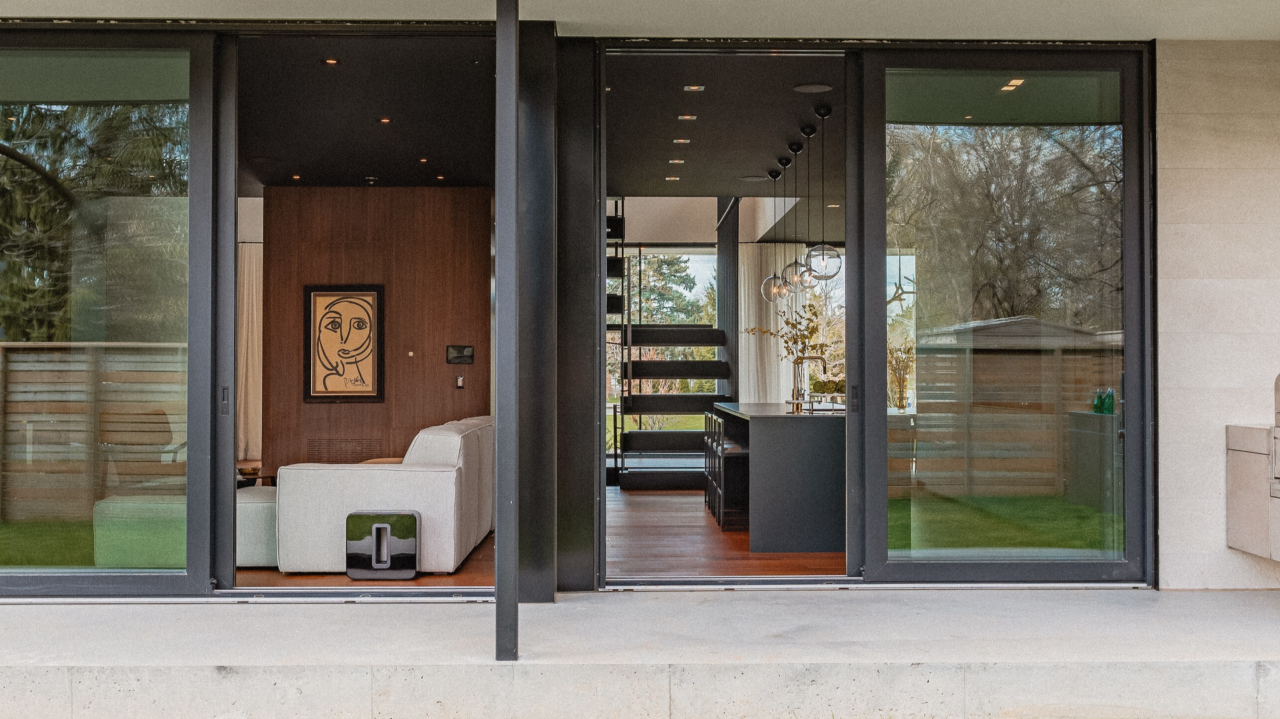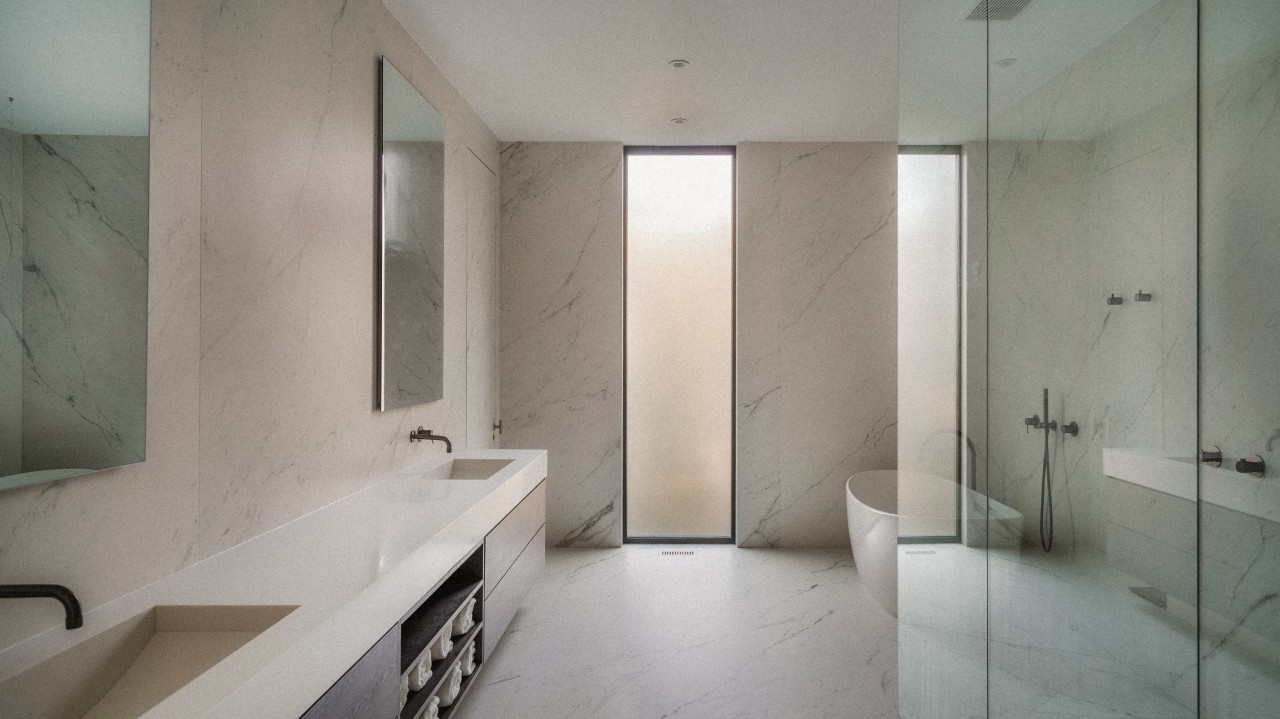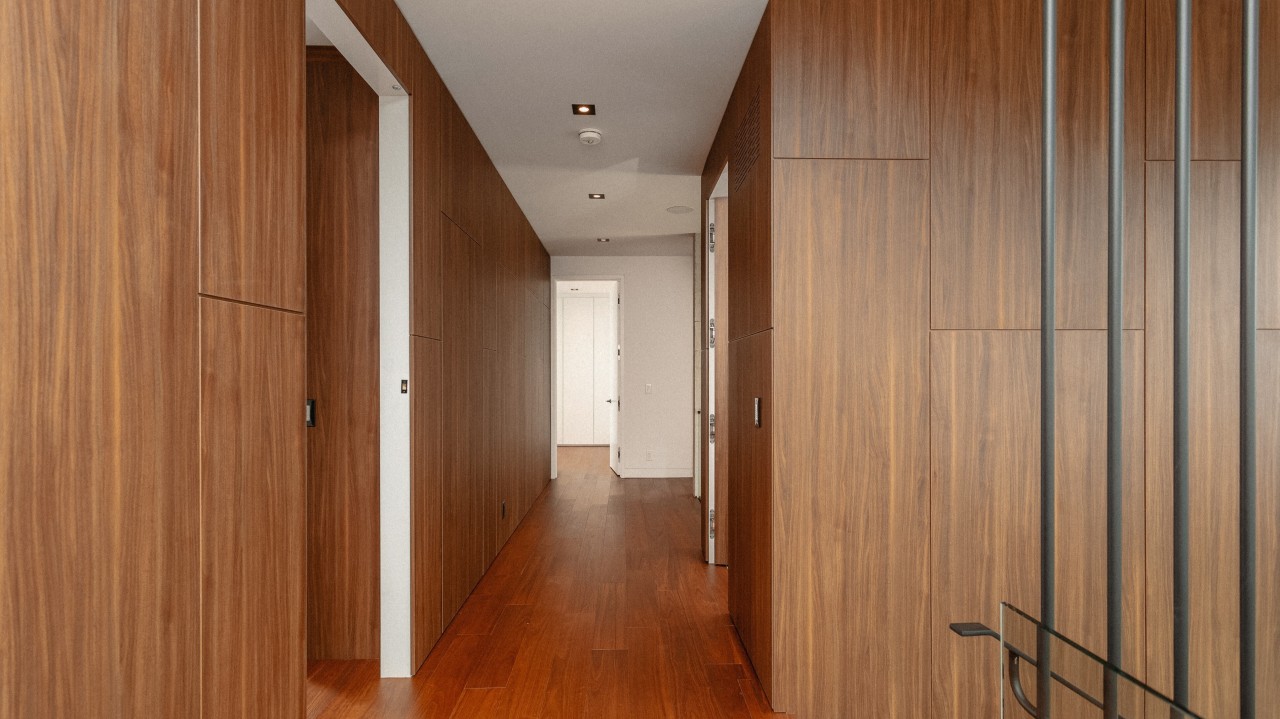The Difference Between a House and a Century-Lasting Structure
Most homes are built with a 25 to 50-year lifespan, designed to accommodate short-term market cycles rather than long-term durability. But true luxury homes - those built to stand for generations - follow a different set of principles.
A 100-year home is not about excess. It is about engineering, material selection, and uncompromising craftsmanship. It is about ensuring that every unseen structural element is as meticulously executed as the finishes that define the home’s beauty.
Luxury is not just about what is seen - it is about what is built to last.
The Foundation: Strength That Begins Below Ground
A home that is designed to last a century must start with a foundation that can withstand time, shifting soils, and environmental factors.
- Footings and Load-Bearing Integrity - The footing system must be deep, reinforced, and capable of distributing structural loads without movement or settling.
- Waterproofing as a First Line of Defense - A 100-year foundation requires multi-layered waterproofing, including drainage systems, high-performance membranes, and proper grading to prevent hydrostatic pressure from compromising structural integrity.
- Reinforced Concrete Standards - Foundations should exceed basic code requirements, using high-strength concrete with rebar reinforcements to ensure longevity.
A foundation is not just a starting point - it is the lifespan of the entire home.
Framing: The Backbone of a Timeless Home
A home’s frame is more than just a skeleton - it determines how the structure will withstand decades of expansion, contraction, and natural movement.
- Engineered Structural Framing - Using LVL (Laminated Veneer Lumber) and engineered beams rather than standard dimensional lumber prevents warping, twisting, and long-term instability.
- Joist Systems That Prevent Future Failures - A 100-year home demands floor joists that are oversized, properly spaced, and structurally reinforced, ensuring floors remain solid and level for generations.
- Plywood Over Particle Board - Subfloors, sheathing, and structural elements should use plywood rather than OSB (Oriented Strand Board), as plywood offers superior moisture resistance and structural longevity.
A frame that is built beyond standard requirements ensures a home that remains sound decades after completion.
Subfloors: The Difference Between Stability and Creaking Over Time
In mass-market construction, subfloors are often nailed down with minimal adhesion - leading to squeaking, movement, and eventual deterioration. In a 100-year home, subflooring is installed to last, not to meet minimum standards.
- Gluing and Screwing: The Non-Negotiable Standard
- Double Layering for Long-Term Strength
A solid subfloor is not an upgrade - it is the foundation of quality living.
Why Durability Should Never Be an Upgrade
Many builders treat structural integrity as an option rather than a fundamental necessity. The idea that superior craftsmanship, high-grade materials, and precision installation should cost extra is a flawed mindset in high-end construction.
A 100-year home is not about adding upgrades - it is about building correctly from the start.
- A well-built foundation should never be a premium feature.
- Structural framing should always exceed the basic code requirements.
- Subfloors should be glued and screwed as standard practice, not as an added cost.
A builder’s responsibility is not to create the cheapest home that meets code - it is to build a home that will stand for generations.
A Home Built for Legacy
A well-crafted home should never feel disposable. It should be designed and built with longevity in mind, ensuring that the structure is as enduring as the memories created within it.
Luxury is not just about fine materials and beautiful finishes - it is about a home’s ability to stand strong for decades without compromise.
Because a 100-year home is not about today. It is about forever.
#LuxuryHomes #TimelessDesign #LegacyLiving #ArchitecturalIntegrity




